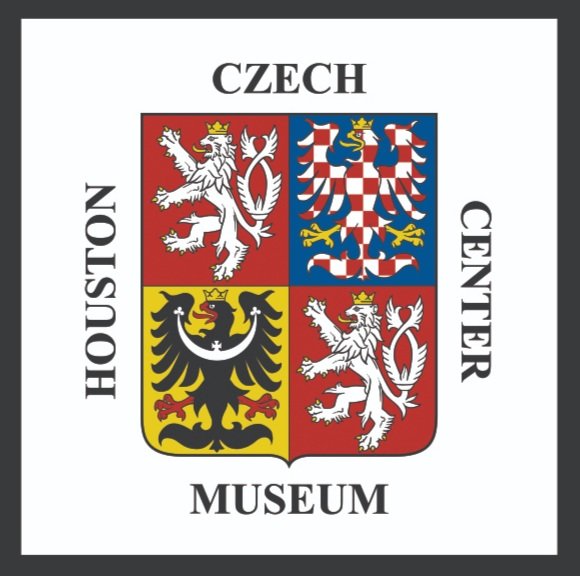VÄra ÄĆ”²õ±ō²¹±¹²õ°ģĆ” was more than just a gymnast. She was a proud Czechoslovak Olympian. Born on May 3rd, 1942, and raised in Prague, VÄra took pride in competing for her homeland. She was earning gold medals as a World Artistic Gymnast as early as the age of 16. ÄĆ”²õ±ō²¹±¹²õ°ģĆ” would go on in her career to win 34 medals, 22 of which were gold. A three-time Olympic medalist, she first attended the Olympics in Rome in 1960, winning Czechoslovakia a silver medal.
ÄĆ”²õ±ō²¹±¹²õ°ģĆ” competed again in the 1964 Olympics in Tokyo. This time she received 4 gold and 2 silver medals. This advancement of her talent in a mere four years is an example of her constant progress and hard work. VÄra continued to improve her skills, dominating competitions and even once earning perfect 10s at the 1967 European Championships.
ÄĆ”²õ±ō²¹±¹²õ°ģĆ” was not only devoted to her sport, she was also a proud Czech and an avid supporter of reform. As such, VÄra was one of the signers of the Two Thousand Words manifesto in June of 1968, a demand for real democracy in Czechoslovakia. This document was part of a larger liberalization movement known as Prague Spring. In August of that year, Soviet Russia led an invasion of Prague to end the movement. During the invasion, 137 Czechoslovakian civilians were killed and another 500 were wounded. As one of many citizens angered by this attack on their homeland, ÄĆ”²õ±ō²¹±¹²õ°ģĆ” spoke out against the occupation and was subsequently forced to flee to the village of Å ³Ü³¾±č±š°ł°ģ in fear of persecution. Determined to participate in the Mexico City Olympics, she spent her time training in isolation in the forest. Her competitive will was as fierce as ever, as VÄra was said to have used a fallen tree as a balance beam and shoveled coal to build up and maintain her strength.
ÄĆ”²õ±ō²¹±¹²õ°ģĆ” was eventually allowed to rejoin her team and participate in the 1968 Olympic Games. Starting strong, she won gold medals in the vault, uneven parallel bars, and individual all-around. VÄra initially seemed to take the gold for floor exercises and balance beam as well; however, after the judges made decisions in favor of two Soviet gymnasts, VÄra ended up taking silver for balance beam and tied for gold for floor exercises. Outraged by this, she wanted to fight back in some way. During the Soviet Union anthem, ÄĆ”²õ±ō²¹±¹²õ°ģĆ” proceeded to turn her face downward and away from the Soviet flag. Her small act of protest made her immensely popular with Czechoslovaks and she won Czechoslovak Sportsperson of the Year later that year.
āāI longed to humiliate the Soviet flag and raise my humble nation.āā
Though subtle, her protest did not go unnoticed by authorities either. On her return to Prague, ÄĆ”²õ±ō²¹±¹²õ°ģĆ” was all but forced into retirement. Blacklisted in her own community, work became hard for her to find. It wasnāt until the eventual fall of communism that she was eventually allowed to coach the National Gymnastics team. Even so, her influence did not fade.
In 1989, ÄĆ”²õ±ō²¹±¹²õ°ģĆ” became the President of the Czechoslovakian Olympic Committee. After the separation of the Czech Republic and Czechoslovakia, she became the president of the Czech Olympic Committee. In 1998, she was inducted into the International Gymnastics Hall of Fame. VÄra ÄĆ”²õ±ō²¹±¹²õ°ģĆ” is an inspiration to us all, showing us determination above all else.
Written by: Kelsey McDade
Murphy, Adrian, āVera Caslavska: Czech Gymnastics Iconā, Europeana.eu, 2021, , (accessed May 10, 2022).
Editors of Britannica, The, āVera Caslavskaā, Britannica, 2022, , (accessed May 10, 2022).
Blutstein, Harry, āThe Forgotten Protestā, Wilson Center, 2021, , (accessed May 12, 2022).
Kroon, Ron. (1967). . Anefo is marked with .
Editors of Britannica, The, āThe Prague Spring of 1968ā, Britannica, 2022, , (accessed May 13, 2022).

